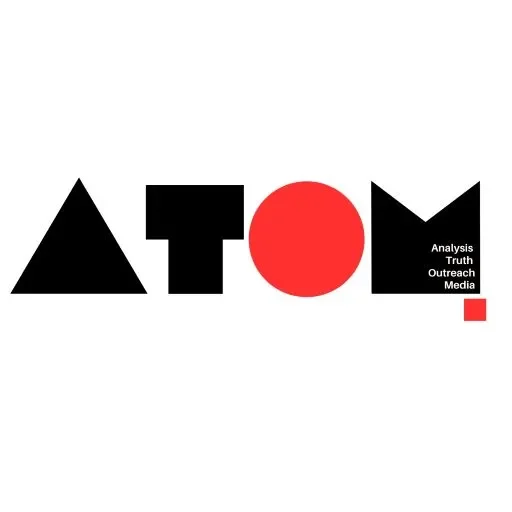In today’s rapidly evolving global landscape, staying ahead of the curve is paramount for businesses. The pressure to innovate and embrace technological advancements is more intense than ever. One strategic approach companies utilize to achieve this is through mergers and acquisitions (M&A). When executed effectively, M&A activities can act as a powerful catalyst for innovation, driving groundbreaking technological advancements across diverse industries.
Unlocking New Markets and Diverse Customer Bases
M&A allows companies to expand their reach beyond their current scope. This can involve entering new markets, attracting new customer segments, and diversifying their product or service offerings. This expansion can act as a springboard for innovation as acquired companies often bring unique expertise, technologies, and customer bases. For instance, a company specializing in enterprise software might acquire a startup with a user-friendly consumer-facing application. This merger would not only grant them access to a new customer segment but also expose them to innovative user interface and experience technologies.
Leadership: The Guiding Force for Successful Innovation
The success of M&A in fostering innovation hinges heavily on strong leadership. Visionary leaders play a crucial role in steering the organization through these transitions. They understand the importance of:
- Aligning Corporate Cultures: Merging two distinct companies inevitably involves bringing together two different corporate cultures. Leaders need to foster a sense of collaboration and understanding between the merged teams, creating an environment that embraces the strengths of both entities.
- Encouraging Risk-Taking and Creativity: Innovation thrives in environments that encourage exploration and embrace calculated risks. Leaders need to establish a culture that rewards innovative thinking and provides the freedom to experiment and learn from failures.
- Continuous Learning: Staying informed about emerging technologies and industry trends is crucial for leaders. This allows them to identify potential opportunities for innovation and guide their teams towards future-proof strategies.
Technology as the Game Changer
Technology plays a central role in driving innovation across industries. From artificial intelligence streamlining processes to the Internet of Things (IoT) connecting devices, technology holds immense potential to enhance efficiency and unlock new possibilities. Through M&A, companies gain access to:
- Advanced Technologies: Acquiring companies with cutting-edge technologies allows businesses to integrate these advancements into their own operations, giving them a competitive edge. This can lead to the development of groundbreaking products and services that wouldn’t have been possible individually.
- Cross-Industry Collaboration: Mergers and acquisitions can bridge the gap between traditionally distinct sectors. By combining expertise from different fields, companies can create innovative solutions to complex challenges that wouldn’t be possible through individual efforts. For example, a healthcare company merging with a technology firm could lead to the development of revolutionary telehealth solutions.
Open Innovation Through Mergers and Acquisitions
M&A can be a powerful tool for open innovation, which involves collaboration with external partners to develop new solutions. When companies with complementary strengths join forces, they can:
- Expand their Innovation Ecosystem: Mergers create an expanded network of researchers, engineers, and innovators, fostering new ideas and approaches to problem-solving.
- Access New Technologies and Expertise: By combining resources and expertise, companies gain access to technologies and knowledge that might not have been readily available through internal research and development alone.
Pooling Resources and Expertise
Resource pooling and collaboration are essential ingredients for successful M&A-driven innovation. Merging companies often possess complementary strengths and resources. By combining these resources effectively, they can:
Develop Innovative Products and Services: By pooling resources like funding, talent, and technology, companies can accelerate the development of innovative products and services that surpass what either entity could achieve individually.
Challenges and Considerations
While M&A offers immense potential for innovation, it also presents certain challenges:
- Cultural Integration: Merging two distinct corporate cultures can be a complex and time-consuming process. Leaders need to proactively address potential cultural clashes and create a unified sense of purpose within the merged organization.
- Technology Integration: Harmonizing IT systems, ensuring data security and privacy, and standardizing technologies across disparate infrastructures can be significant hurdles. Companies need to have a well-defined plan for navigating these complexities.
- Change Management and Employee Adaptation: Mergers often involve changes in processes, tools, and work environments. Effective communication, training, and support are crucial for ensuring employee buy-in and smooth adaptation to the new landscape.
Conclusion
Mergers and acquisitions, when executed thoughtfully and strategically, can be a powerful driver of innovation and technological progress across industries. By leveraging resources, expertise, and technology effectively, M&A can propel companies to the forefront of their respective fields, enabling them to develop groundbreaking solutions and stay ahead of the curve in the ever-evolving global landscape. By embracing the opportunities and navigating the challenges associated with M&A, companies can position themselves for sustainable growth and success in the future.





